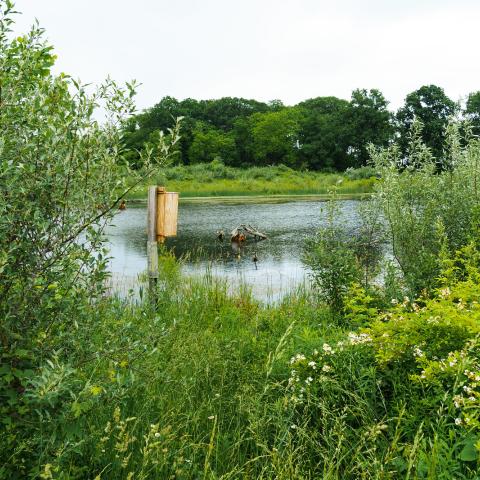
Press Release


The Agricultural Conservation Easement Program (ACEP) provides financial and technical assistance to help conserve agricultural lands and wetlands and their related benefits.
ACEP helps landowners, land trusts, and other entities protect, restore, and enhance wetlands or protect working farms and ranches through conservation easements. ACEP includes two distinct components that both help to conserve land for future use:
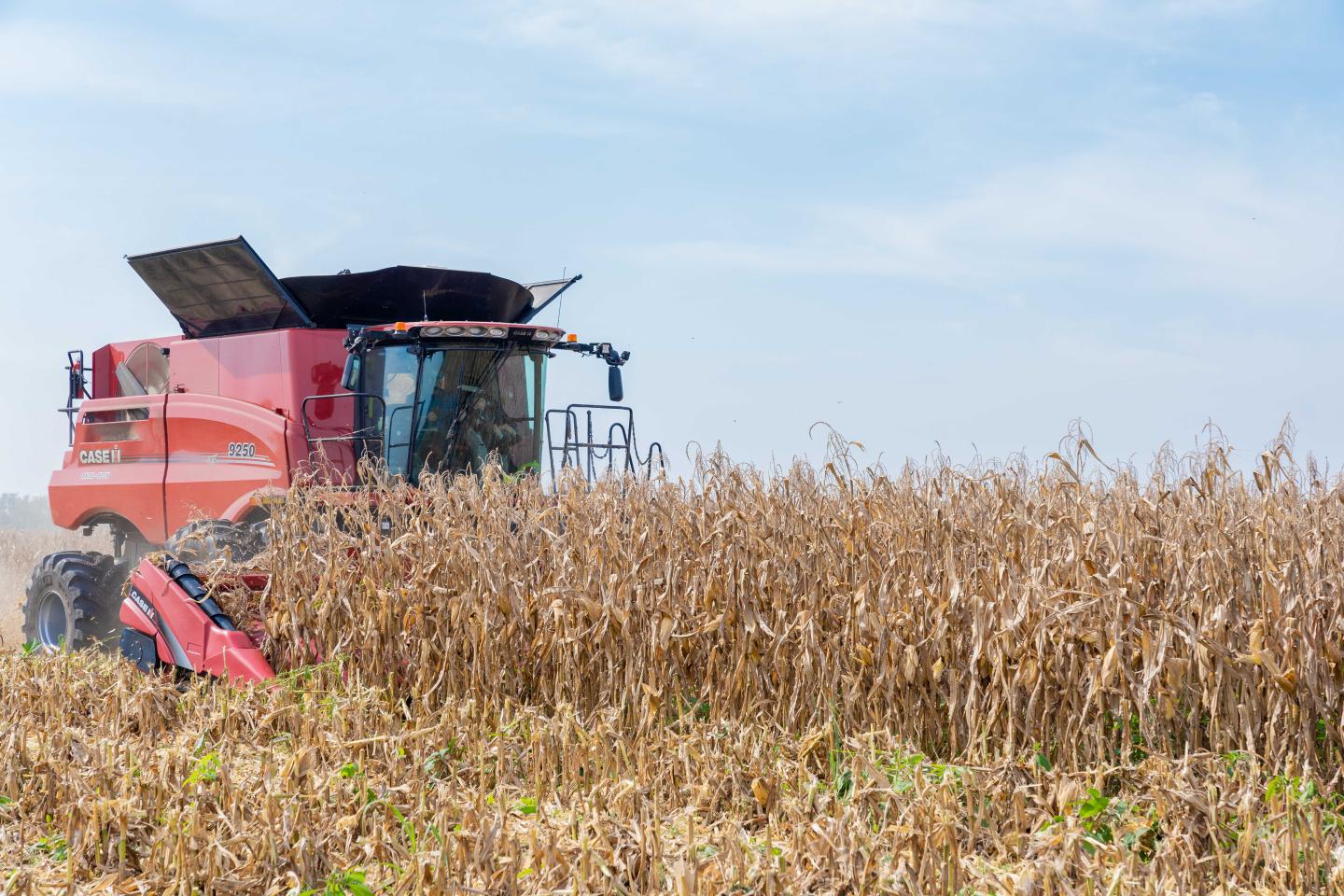
NRCS provides financial assistance to eligible partners for purchasing Agricultural Land Easements that protect the agricultural use and conservation values of eligible land.
NRCS provides financial assistance to eligible partners for purchasing Agricultural Land Easements that protect the agricultural use and conservation values of eligible land. In the case of working farms, the program helps farmers and ranchers keep their land in agriculture.
The program also protects grazing uses and related conservation values by conserving grassland, including rangeland, pastureland and shrubland. Eligible partners include Indian tribes, state and local governments and non-governmental organizations that have farmland or grassland protection programs.
Under the Agricultural Land component, NRCS may contribute up to 50 percent of the fair market value of the agricultural land easement. Where NRCS determines that grasslands of special environmental significance will be protected, NRCS may contribute up to 75 percent of the fair market value of the agricultural land easement.
While NRCS accepts ACEP applications year-round, Indiana producers and landowners should apply by program specific ranking dates to be considered for the current funding cycle. Applications received after the ranking date will automatically be considered during the next funding cycle. Eligible entities must submit applications for ALE’s current funding pool on or before October 4, 2024.
Agricultural Land Easements protect the long-term viability of the nation’s food supply by preventing conversion of productive working lands to non-agricultural uses. Land protected by agricultural land easements provides additional public benefits, including environmental quality, historic preservation, wildlife habitat and protection of open space. Additionally, ALE easements leverage local partnerships to match NRCS funding and local partners are responsible for the long-term stewardship of the easement.
For working farms, the program helps farmers and ranchers keep their land in agriculture. Under the Agricultural Land Easement component, NRCS may contribute up to 50 percent of the fair market value of the agricultural land easement. The program also protects grazing uses and related conservation values by conserving grassland, including rangeland, pastureland and shrubland. Where NRCS determines that grasslands of special environmental significance will be protected, NRCS may contribute up to 75 percent of the fair market value of the agricultural land easement.
Land eligible for agricultural easements includes private or Tribal land that is agricultural land, cropland, rangeland, grassland, pastureland and nonindustrial private forest land. NRCS will prioritize applications that protect agricultural uses and related conservation values of the land and those that maximize the protection of contiguous acres devoted to agricultural use, including land on a farm or ranch.
Eligible Land Types and which also meets one of the four following land eligibility criteria:
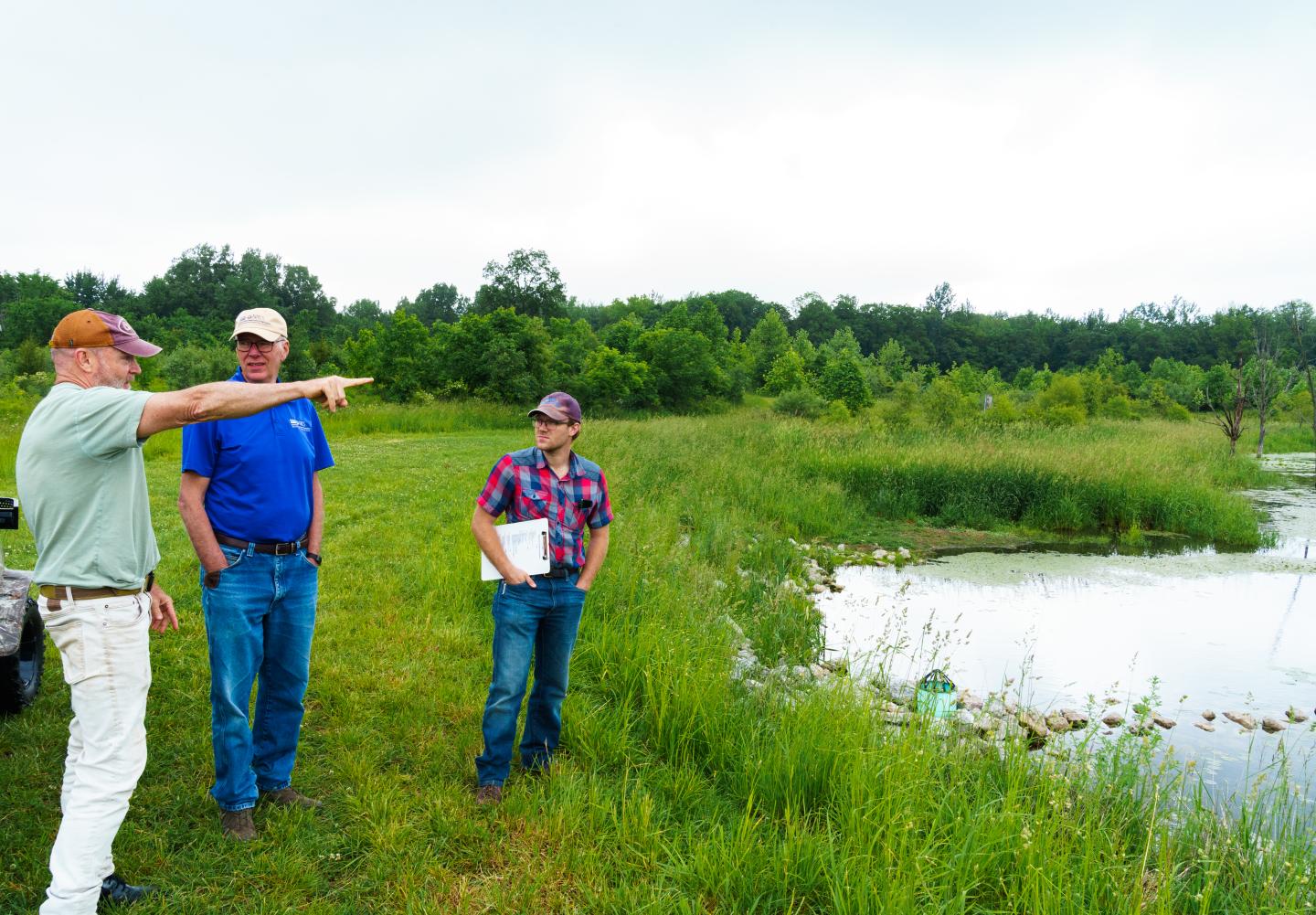
NRCS provides technical and financial assistance directly to private landowners and Indian tribes to restore, protect, and enhance wetlands through the purchase of a wetland reserve easement.
Through the wetland reserve enrollment options, NRCS may enroll eligible land through:
Permanent Easements – Permanent Easements are conservation easements in perpetuity. NRCS pays 100 percent of the easement value for the purchase of the easement. Additionally, NRCS pays between 75 to 100 percent of the restoration costs.
30-year Easements – 30-year easements expire after 30 years. Under 30-year easements, NRCS pays 50 to 75 percent of the easement value for the purchase of the easement. Additionally, NRCS pays between 50 to 75 percent of the restoration costs.
Term Easements - Term easements are easements that are for the maximum duration allowed under applicable State laws. NRCS pays 50 to 75 percent of the easement value for the purchase of the term easement. Additionally, NRCS pays between 50 to 75 percent of the restoration costs.
30-year Contracts – Term easements are easements that are for the maximum duration allowed under applicable State laws. NRCS pays 50 to 75 percent of the easement value for the purchase of the term easement. Additionally, NRCS pays between 50 to 75 percent of the restoration costs.
For wetland reserve easements, NRCS pays all costs associated with recording the easement in the local land records office, including recording fees, charges for abstracts, survey and appraisal fees, and title insurance. NRCS pays a fair market value for the easement rights based on several various factors including soil types, types of crops capable of being grown, production history, location, real estate market values, and tax rates and assessments. The Geographic Area Rate Caps (GARC) rates are updated annually.
While NRCS accepts ACEP applications year-round, Indiana producers and landowners should apply by program specific ranking dates to be considered for the current funding cycle. Applications received after the ranking date will automatically be considered during the next funding cycle. Eligible entities must submit applications for WRE’s current funding pool on or before October 4.
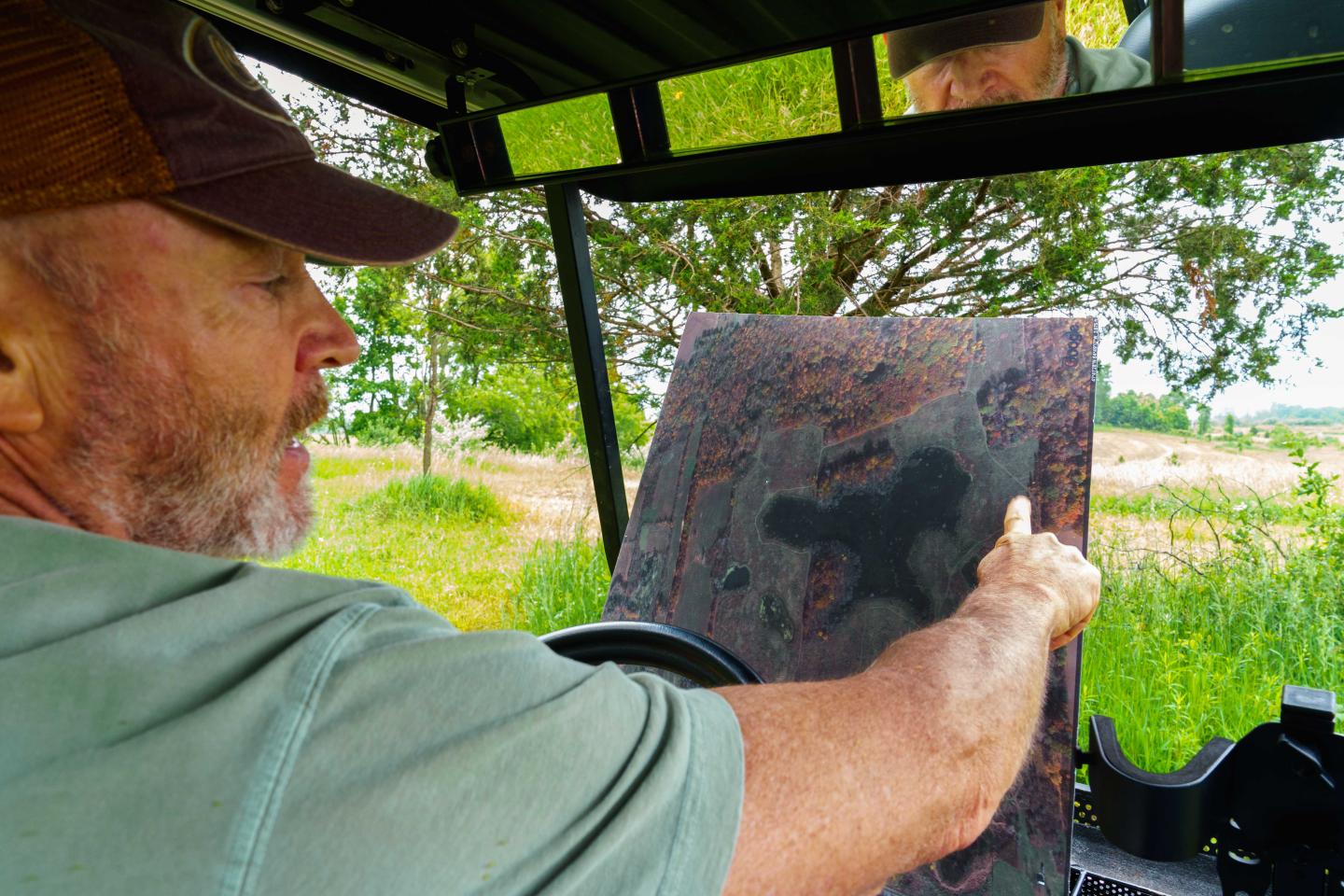
Wetland Reserve Easements provide habitat for fish and wildlife, including threatened and endangered species, improve water quality by filtering sediments and chemicals, reduce flooding, recharge groundwater, protect biological diversity, and provide opportunities for educational, scientific and limited recreational activities.

Eligible landowners include:
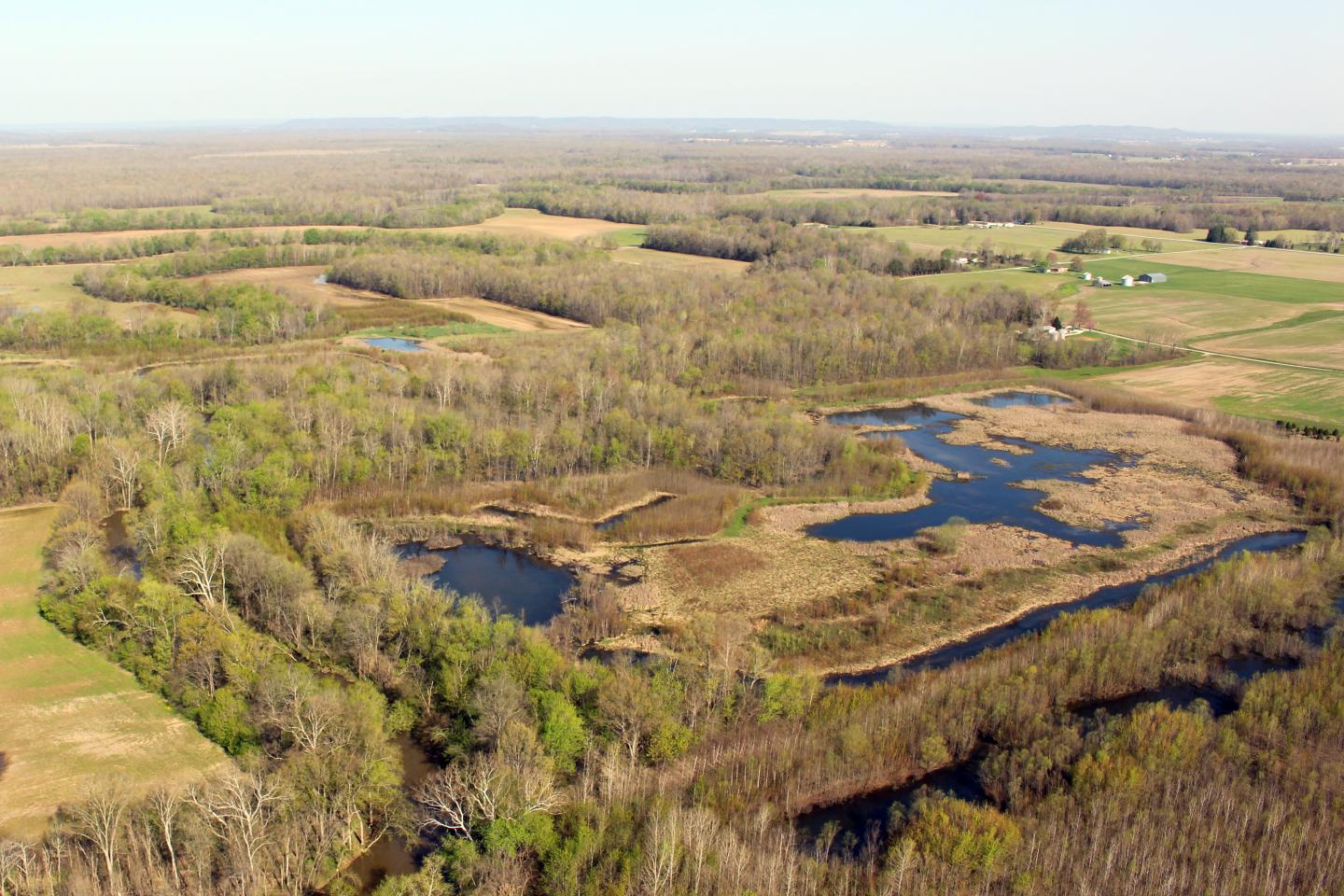
Land eligible for wetland reserve easements includes privately held farmed or converted wetland that can be successfully and cost-effectively restored. NRCS will prioritize applications based the easement’s potential for protecting and enhancing habitat for migratory birds and other wildlife.
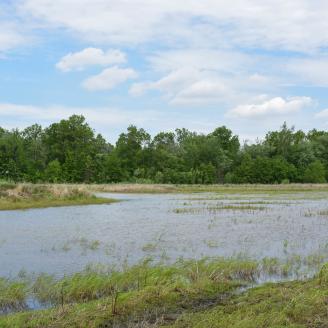
WREP is part of the Wetland Reserve Easement (WRE) component of the Agricultural Conservation Easement Program (ACEP). WREP enables local conservation partners to provide their leadership and expertise to assist NRCS with acquiring and restoring private wetlands that have been previously altered for agricultural production, through targeting project areas and providing services to accomplish shared objectives in those areas.
Indiana NRCS is investing up to $3.5 million in a Wetland Reserve Enhancement Partnership (WREP) project, led by The Nature Conservancy (TNC), to bring together partners and landowners to voluntarily return critical wetland functions to agricultural landscapes. The Lower Wabash River and White River Oxbow project, led by TNC, seeks to enroll 1,000 acres into wetland easements in parts of Knox, Gibson and Posey counties in Indiana and Gallatin, White, Edwards and Wabash counties in Illinois.
Contact your local service center to start your application.
Do you farm or ranch and want to make improvements to the land that you own or lease?
Natural Resources Conservation Service offers technical and financial assistance to help farmers, ranchers and forest landowners.

To get started with NRCS, we recommend you stop by your local NRCS field office. We’ll discuss your vision for your land.
NRCS provides landowners with free technical assistance, or advice, for their land. Common technical assistance includes: resource assessment, practice design and resource monitoring. Your conservation planner will help you determine if financial assistance is right for you.
We’ll walk you through the application process. To get started on applying for financial assistance, we’ll work with you:
Once complete, we’ll work with you on the application, or CPA 1200.
Applications for most programs are accepted on a continuous basis, but they’re considered for funding in different ranking periods. Be sure to ask your local NRCS district conservationist about the deadline for the ranking period to ensure you turn in your application in time.
As part of the application process, we’ll check to see if you are eligible. To do this, you’ll need to bring:
If you don’t have a farm number, you can get one from USDA’s Farm Service Agency. Typically, the local FSA office is located in the same building as the local NRCS office. You only need a farm number if you’re interested in financial assistance.
NRCS will take a look at the applications and rank them according to local resource concerns, the amount of conservation benefits the work will provide and the needs of applicants. View Application Ranking Dates by State.
If you’re selected, you can choose whether to sign the contract for the work to be done.
Once you sign the contract, you’ll be provided standards and specifications for completing the practice or practices, and then you will have a specified amount of time to implement. Once the work is implemented and inspected, you’ll be paid the rate of compensation for the work if it meets NRCS standards and specifications.